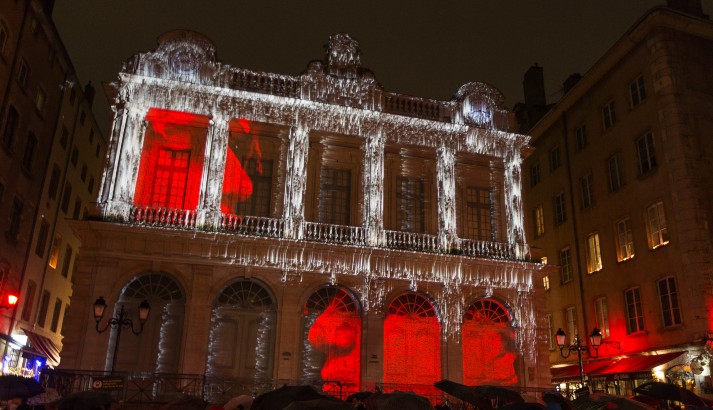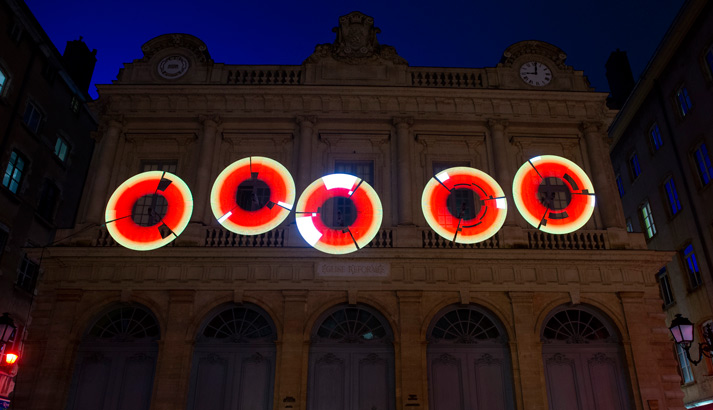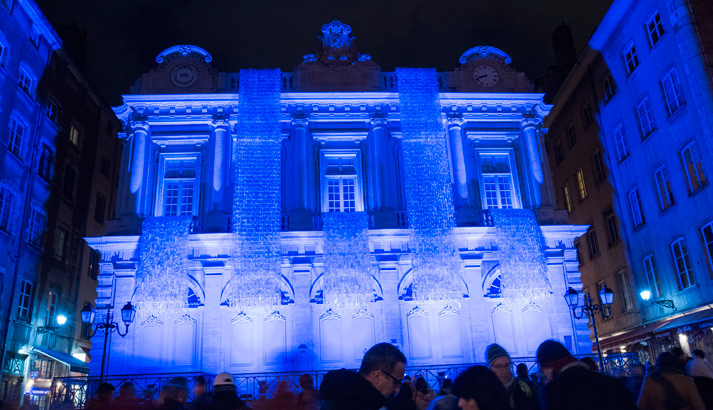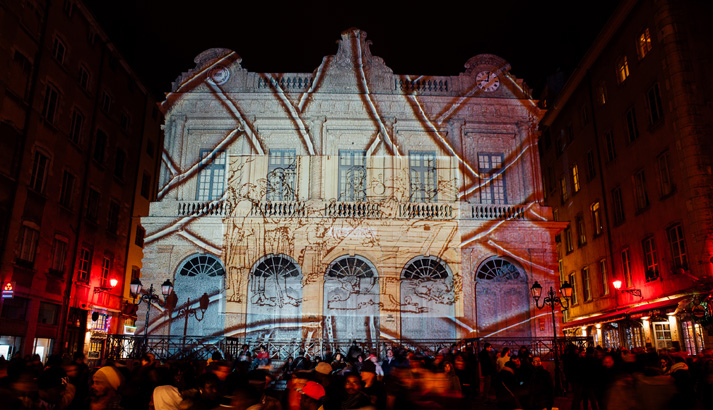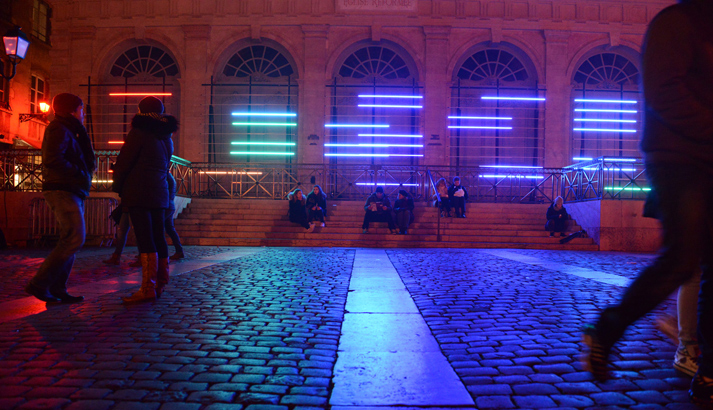At the end of the 15th Century during the reign of Francis I, Lyon became Europe’s leading financial centre. The customs administration was located near the Pont du Change (demolished in 1842), a stone's throw from the place du Change, a busy trading area since the 13th Century. This was where the money changers congregated until the "Loge du Change” was built between 1631 and 1653 based on drawings by Simon Gourdet.
In 1803, following Napoleon’s concordat and the organic articles which redefined the power of the church, the Loge du Change was handed over by the city to Lyon’s protestant community, officially changing its name to Temple du Change.
In December 1999 to celebrate the new millennium, the City of Lyon and the Renaissance du Vieux Lyon conservation association fulfilled Soufflot’s wish to see two clocks on the façade of the Temple du Change. The clock on the right is a familiar sight as it existed from the outset. But the one on the left is a more recent addition: it is the “ideal” clock originally imagined by Soufflot but never actually produced which shows the days, months and years.
Source: Gadagne Museums website

